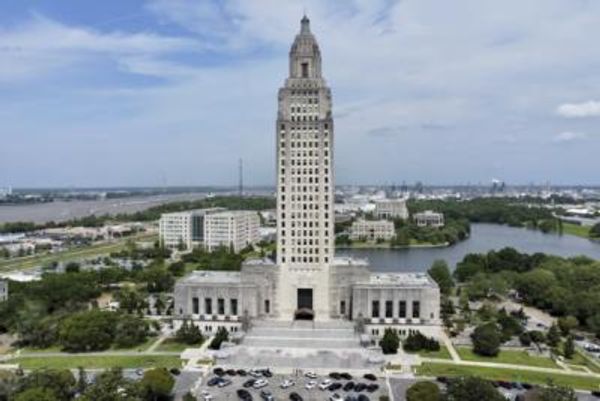
Income tax is the government’s single biggest source of revenue and in November Chancellor Jeremy Hunt announced in the Budget that the income tax personal allowance would stay at £12,570 until April 2028. He has also frozen the threshold at which people start paying higher tax rates.
When you earn money you have to pay income tax on it but only if your income is over a certain amount. Income tax is paid at different rates, depending on how much your income is – and some people pay nothing at all.
That is because there’s something known as the personal allowance, which is the amount of income you can have before you start paying income tax.
So how much can you make tax-free, and how much does the taxman take?
What is the personal allowance?
The personal allowance is the amount of tax-free income you can have each year. It is currently £12,570.
Is the personal allowance the same for everyone?
No. It is a set amount but it is flexible if certain allowances are claimed.
The marriage allowance is a tax break where one partner can transfer some of his or her unused personal allowance to a spouse.
There is also a blind allowance, where people who are partially sighted can get their tax free income amount increased.

Higher earners also do not benefit from any personal allowance. People with an income of over £125,140 a year pay income tax on all their earnings from the first £1 they make.
And people whose income is below that but over £100,000 gets a personal allowance that reduces by £1 for every extra £2 of income.
You also don’t have to pay income tax on savings interest, dividends and the first £1,000 of income if you are self-employed.
How is my tax calculated?
People are placed into bands and given tax codes, which means for employed people, it is calculated for you and is deducted from your pay packet before your pay goes into your account.
If you earn £12,570 or less, you currently pay no income tax. On earnings between £12,570 and up to £50,270, you pay the basic income tax rate of 20 per cent.
Income of £50,271 and above are taxed at the higher rate of 40 per cent. And the additional rate of income tax, which applies to earnings above £150,000, is 45 per cent.
What is the additional rate of income tax?
Under the current rules, the additional rate of income tax is 45 per cent, and is paid on earnings above £150,000 a year. This will drop to £125,140 on 6 April 2023. The government says about 629,000 people currently pay the additional rate of income tax.
Do income tax rates rise annually?
Typically yes, but these have been frozen until April 2028 as announced by the chancellor last November.
How do I check my tax-free personal allowance?
Your tax-free personal allowance amount is usually reflected in your tax code, which can be found on your payslip.
The letter L in your tax code signals that you’re entitled to the standard tax-free personal allowance.
I also pay national insurance – what is that?
National insurance is also a tax on the money you earn and is the second biggest source of money for the government.
It is the same as income tax in that you do not pay it on the first £12,571 you earn a year. It is then charged at 12 per cent on earnings up to £50,271, and it is 2 per cent on any money made above that.







